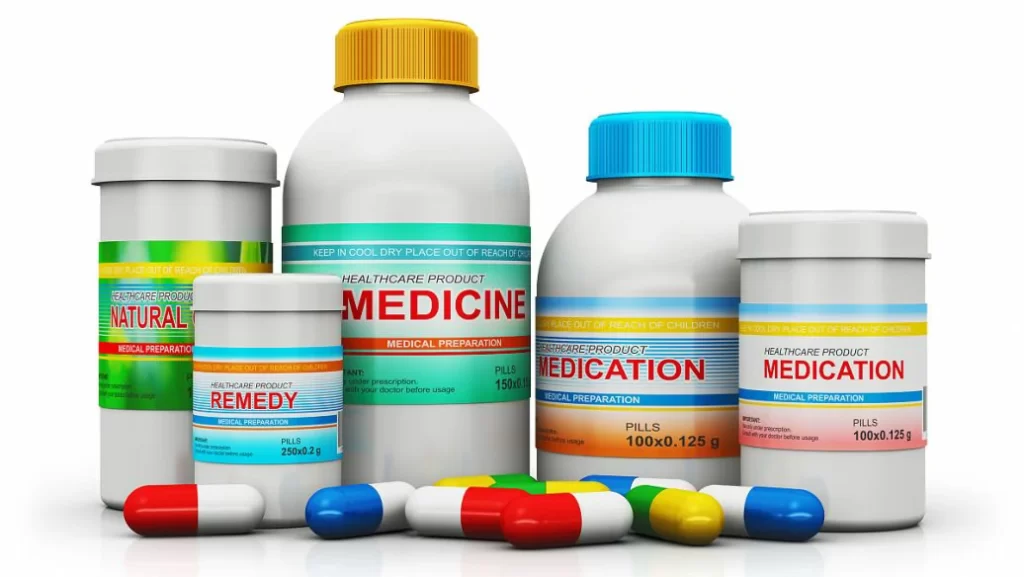
I. Solubilizer
The solubilization of insoluble drugs in solvents is significantly increased by the micellar effect of surfactants, and surfactants with HLB=15-18 can be used as solubilizers, but the solubilization effect is only present when the concentration of solubilizers is higher than the critical micelle concentration. At this time, the insoluble drug is encapsulated or adsorbed in the micelle by the lipophilic group of the solubilizer, and the hydrophilic group of the solubilizer is in water, so the non-polar drug is soluble in water. Translated with www.DeepL.com/Translator (free version)
II. Dispersants
Dispersants can hinder or prevent the aggregation of solid or liquid particles in the dispersion system and keep them uniformly dispersed over a longer period of time. Dispersants adsorbed at the oil-water interface or solid particle surface, the formation of charge or space resistance barriers around the particles, helping to prevent pesticide particles in the conditioning and storage during re-aggregation. Used as dispersants are generally anionic surfactants with multiple rings, such as alkyl naphthalene sulfonate and sodium salt of naphthalene sulfonate formaldehyde condensate, lignin sulfonate, etc.. The polymeric dispersant (such as polycarboxylate sodium salt) in the preparation of water suspension, because of its adsorption properties and has been dispersed particles with a charge and a large space potential barrier and other characteristics are particularly important. Translated with www.DeepL.com/Translator (free version)
III. Suspension emulsion
The mixed dosage form is popular because it is convenient and ensures that the user uses the correct amount of various pesticide ingredients while avoiding the inhomogeneity that usually occurs when mixing in drums. It is a water-insoluble solid pesticide and another water-insoluble liquid pesticide with water as a medium relying on surfactants to make a suspension of mixed dispersion of the preparation, generally can be seen as a combination of SC and EW. Commonly used surfactants are mainly emulsifiers, dispersants and thickeners. The formulation not only has the problem of flocculation of particles and oil droplets themselves in SC and EW formulations, but also a wide range of cold and hot storage tests are necessary. Translated with www.DeepL.com/Translator (free version)
*Disclaimer: The content contained in this article comes from the Internet, WeChat public numbers and other public channels, and we maintain a neutral attitude toward the views expressed in the article. This article is for reference and exchange only. The copyright of the reproduced manuscript belongs to the original author and the institution, and if there is any infringementPlease contact Jetson Chemical for deletion
